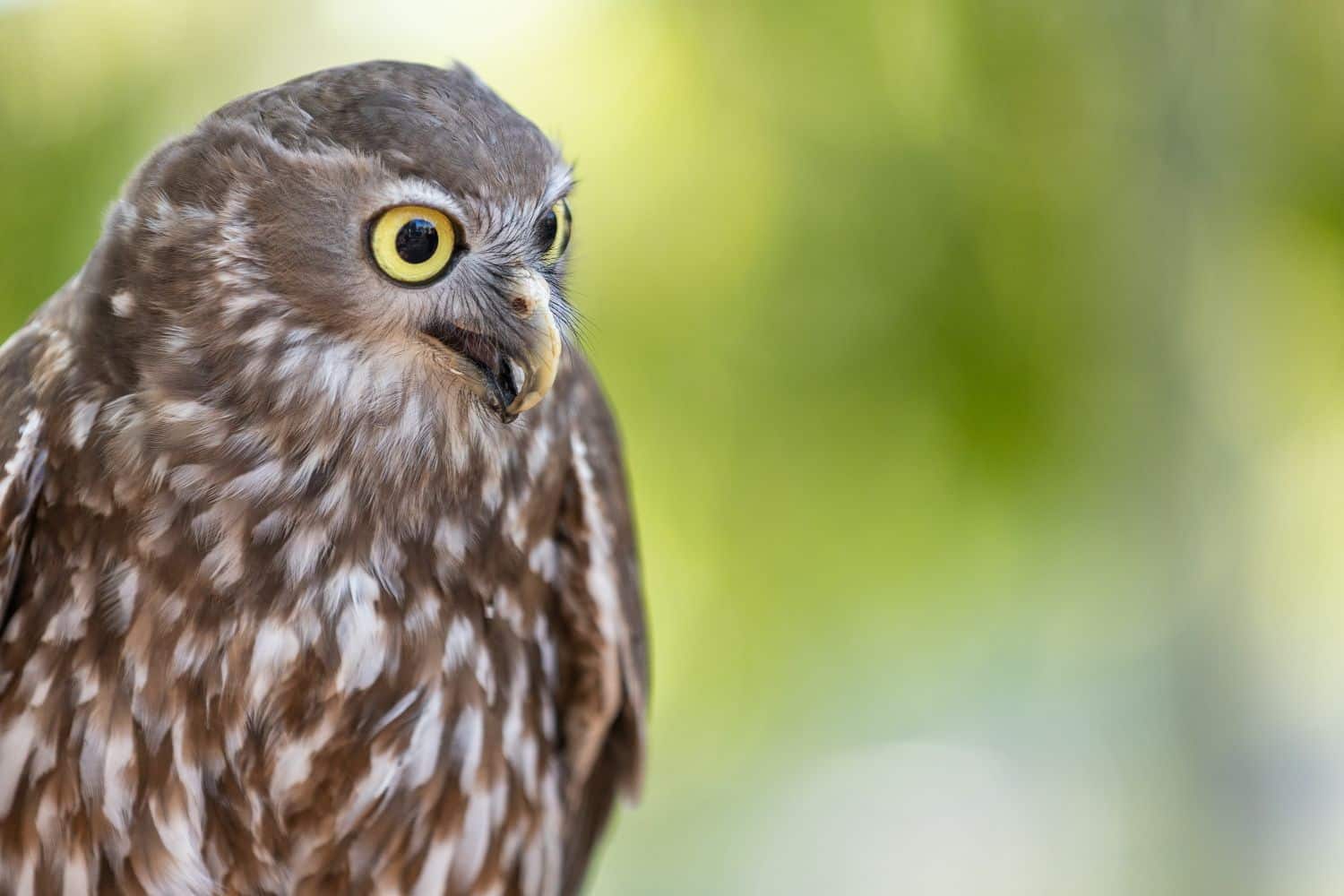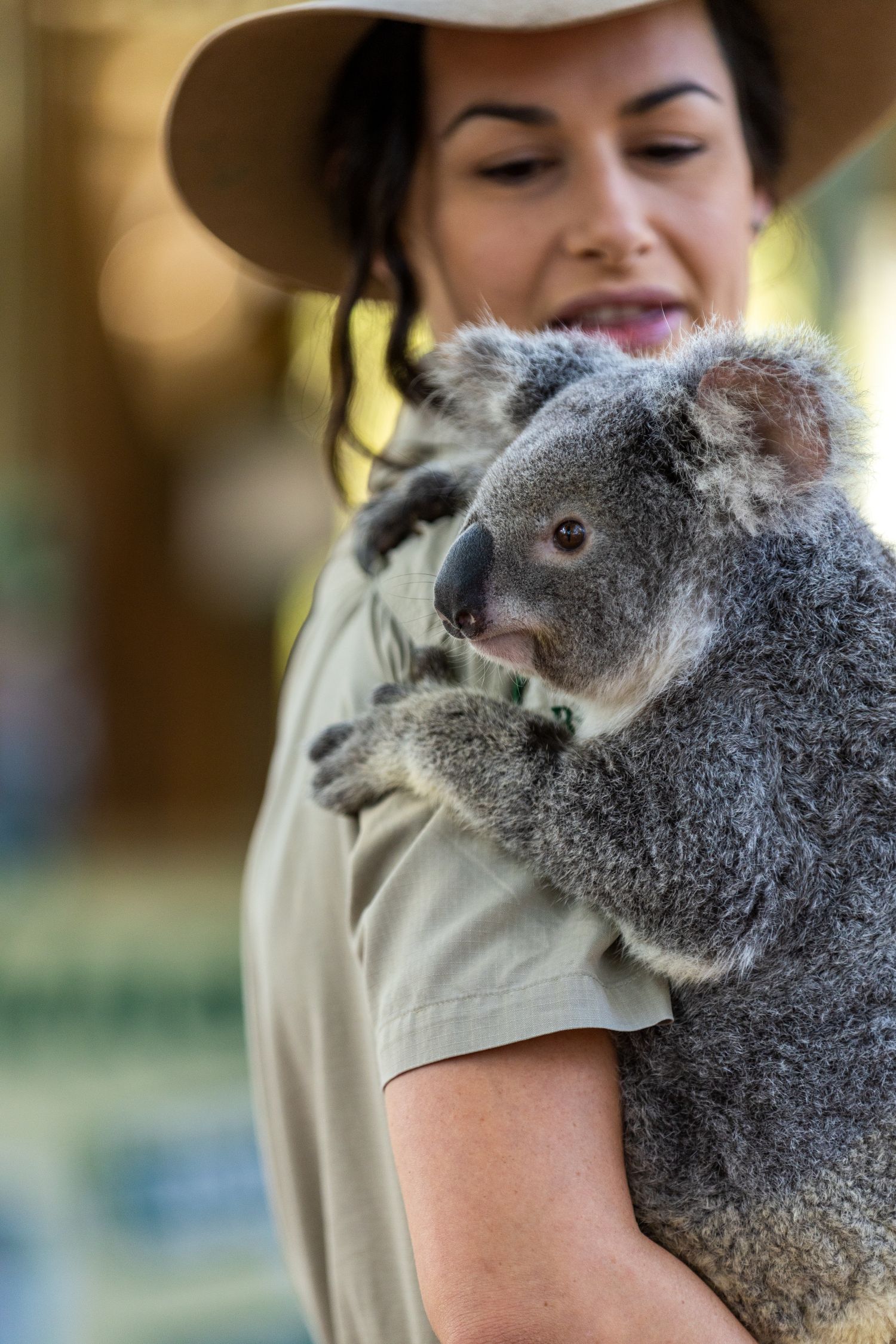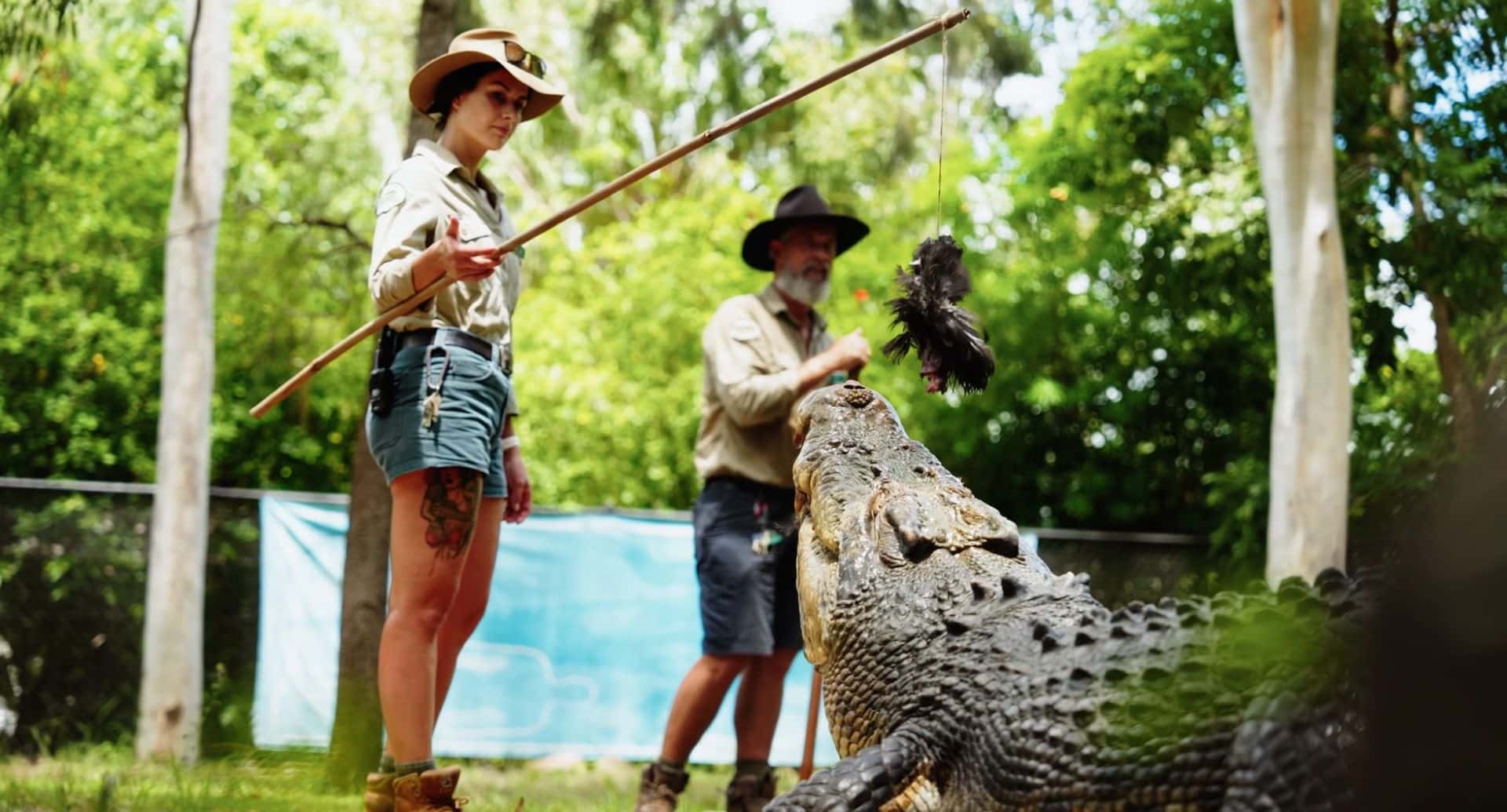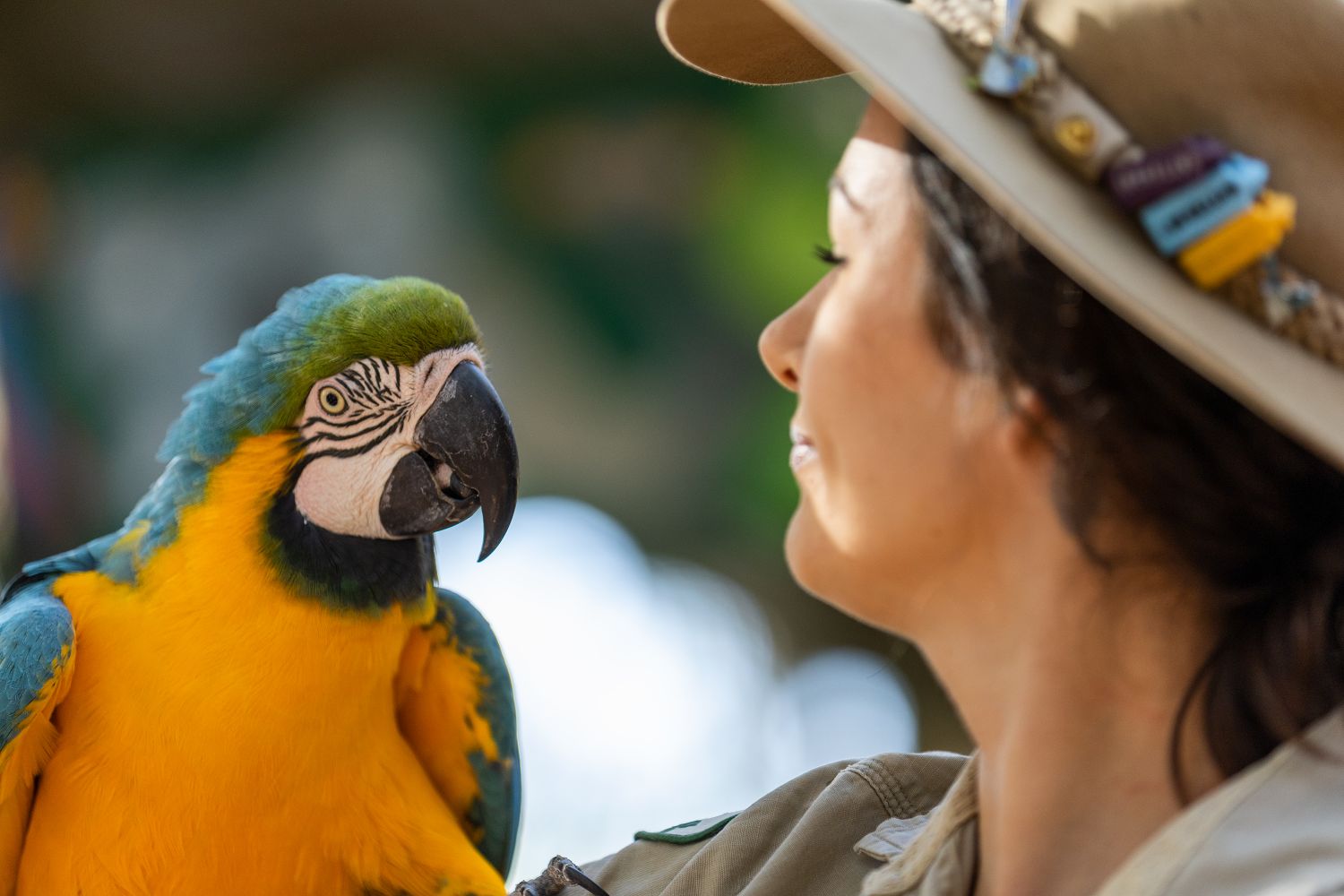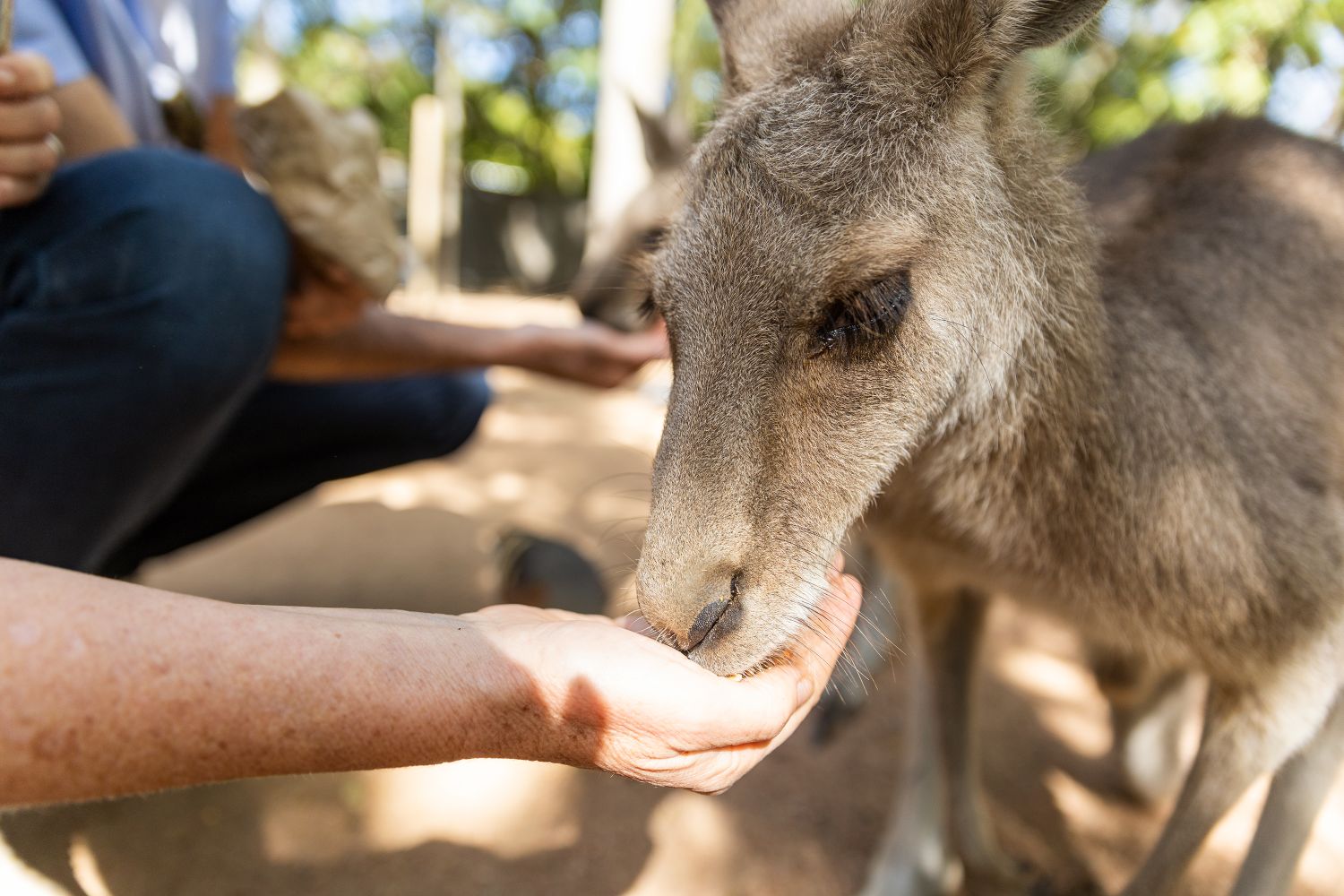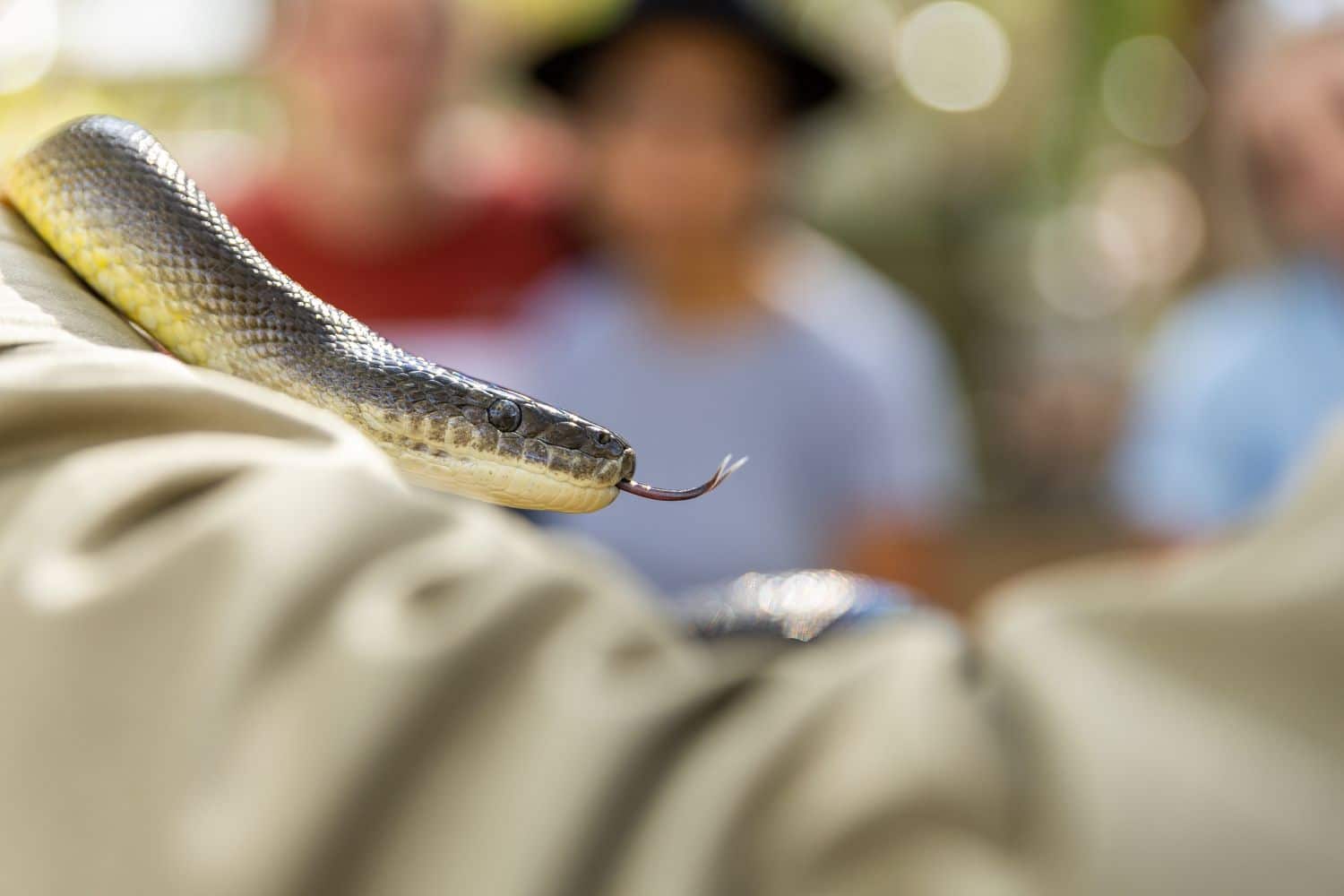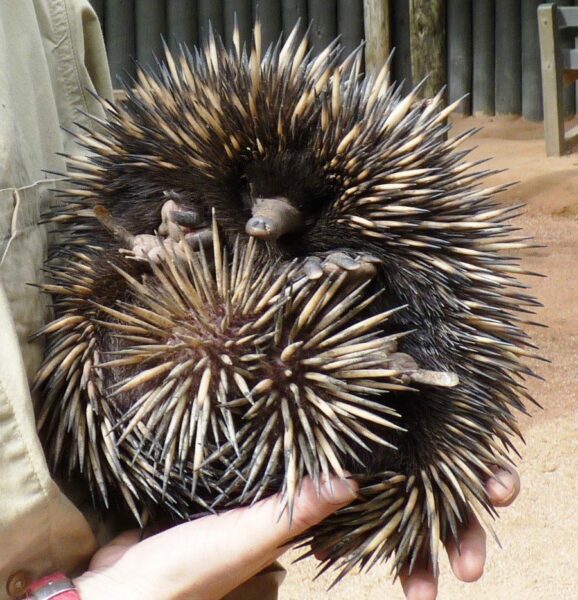 NOT VERY INTERESTING?
NOT VERY INTERESTING?
On the contrary, this is one of the strangest, most improbable creatures in the world! For, like the duck-billed platypus, the echidna is a monotreme, one of only three species of egg-laying mammals in existence.
Wait until the cool of the day, and this spiky ball will uncurl, revealing a short-legged animal with a long nose. It will waddle around, quietly going about its business, as this species has done for millions of years. Indeed, it has been described as one of the most successful mammals on earth.
WHAT IS A MONOTREME?
Monotremes are an ancient order of mammals which retain several features of their reptile ancestors.
The word ‘monotreme’ comes from the Greek: ‘mono’ meaning ‘one’, and ‘trema’ meaning ‘opening’. Like reptiles, these mammals have only a single rear opening (the cloaca) through which all waste products are passed, and which is also the birth canal.
HOW ELSE DO MONOTREMES DIFFER FROM OTHER MAMMALS?
The most unusual feature of the monotreme is the fact that they do not give birth to live young but lay a leathery egg into a pouch on the mother’s abdomen!
Females have mammary glands that produce milk to nourish the young, but they have no nipples. Thick, yellowish milk is secreted directly onto the surface of the skin inside the pouch.
Monotremes have no external ears, but just an opening on either side of the back of the head, like lizards and birds.
Male monotremes have a spur on the hind foot. In the platypus, this spur is connected to a venom gland. Echidnas do not have a functional venom gland.
Adult monotremes have no teeth, and no whiskers on their faces.
Monotremes have a lower body temperature than other mammals. The active body temperature for an Echidna is only 33 C (91.4 F), compared to 37 C (98.6 F) for humans.
This can vary by several degrees with no harmful effects to the echidna.
OUR EXTRAORDINARY ECHIDNA
There are two genera of echidna in the world. Three species of the long-beaked echidna (Zaglossus) live only in the highlands of Papua New Guinea. The short-beaked echidna is found in Australia and southern New Guinea.
The echidna looks kind of like a cross between an anteater and a porcupine or hedgehog. The top of the body is covered with sharp spines. These are made of compressed hairs, just like your fingernails. There are regular, soft hairs in between these spikes. The belly is also covered with short, soft hairs.
The mouth is simply an elongated tube, with no teeth. There is only a very short, vestigial tail.
Adult echidnas weigh from 2-7kg (4-15 lb) and are from 30 to 45cm long (12-18 in). Curled up, they are about the size of a basketball.
WHERE ARE THEY FOUND?
Echidnas are widespread in all Australian states including Tasmania. They have no particular habitat requirements, as long as there is a source of food. They can live anywhere from cold mountain peaks to arid desert regions.
COPING WITH EXTREMES
Echidnas have no fixed nest site, but will seek shelter in places like hollow logs, piles of brush, crevices and wombat or rabbit warrens.
They have no sweat glands and cannot pant to get rid of excess body heat, so they remain in shelters during the heat of the day, coming out at night to feed.
It has recently been suggested that echidnas regulate their body heat by blowing ‘snot bubbles’! Bubbles of mucus could absorb heat from blood vessels near the surface, and evaporate, helping to cool the echidna.
Echidnas living in Tasmania have much longer body hairs in between their spikes, providing insulation from the cold.
In extremely cold regions, such as the Snowy Mountains of New South Wales, echidnas go into a state of dormancy. They can drop their body temperature to as low as 4 C (39.2 F), taking a breath only every three minutes or so. They can remain in this state of torpor for weeks at a time.
WHAT DO THEY EAT?
Echidnas eat only ants and termites; as they forage through ant and termite nests, they also ingest a large amount of nest material and soil, which makes up the bulk of their droppings.
Echidnas prefer to eat termites over ants, especially queens and nymphs. This is probably because termites live in larger colonies, and less of their body mass is made up of non-digestible exo-skeleton.
They try to avoid the larger biting ants such as army ants, preferring the soft bodies of larvae, pupae, queen and winged ants.
ADAPTATIONS FOR THIS DIET
Echidnas have an extremely specialised diet, which has probably helped to make them so successful. Few other mammals in Australia eat ants and termites, so they have no competition for food in most of their range. The echidna’s body is highly adapted for this diet.
Echidnas have short muscular legs, with very long forefeet and very long sharp claws. These are used for burrowing into ant nests and termite mounds, and for turning over leaf litter and digging into rotten logs.
The mouth and nose are elongated to form a tubular snout. The tongue is very long and can extend to about 18cm (7in) beyond the snout! It is covered with large amounts of very thick, sticky saliva. Ants and termites stick to the tongue as it pokes into every corner of the nest.
The tip of the tongue can even bend into a U-shape, so it can reach around corners into all the narrow galleries of the termite mound or ant nest.
The tongue moves extremely rapidly in and out of the mouth; in fact, the scientific name ‘Tachyglossus’ means ‘fast tongue’. An echidna can ingest 200gm of ants (nearly half a pound) in 10 minutes!
The echidna will also trap ants by lying on top of an ant mound and sticking out its tongue. As the ants walk onto the tongue, they are trapped by the sticky saliva.
The tongue is drawn back into the mouth, and the insects are crushed between a horny pad at the back of the tongue, and a similar hard surface on the palate.
UNUSUAL BREEDING BEHAVIOUR
Echidnas are normally solitary animals, so they need a way to attract other animals during the breeding season.
In July and August both males and females give off a pungent smell. This is easily detected by the sensitive nose.
Males will now start to follow a female, forming a ‘train’ of up to 11 animals. This train can last for up to 6 weeks, with the male sometimes nudging the tail or side of the female with his nose. Males will sometimes leave one train and join another. During this time the animals remain together while eating and resting.
Eventually the female signals her readiness to mate. She stops and partially digs her front legs and head into the ground near the base of a tree. The male echidnas that have been following her then start digging a trench beside her, jostling each other and digging around the bush until they have dug themselves into a doughnut-shaped rut.
The males begin pushing at each other with their heads until all but one has been shoved out of the rut. This male then turns on his side to the female, and mating occurs.
GIVING BIRTH AND RAISING THE YOUNG
About 22 days after mating, the female lays a single egg into a simple pouch – really just a thickened fold of skin – on her abdomen. The egg has a leathery shell and a large yolk, similar to reptile eggs.
About 10 days later, the embryo tears open the shell with its single egg tooth.
The baby echidna is called a ‘puggle’. It is only 1.5 cm long (0.6 in), about the size of a jellybean.
The front legs have tiny claws which cling to the hairs in the mother’s pouch. The female has no teats but secretes milk directly onto two circular ‘milk patches’. The young puggle sucks milk from these two patches.
The puggle grows extremely fast. In just two months it will have increased its body weight 60-fold, from 3gm at birth (0.12 oz) to 180gm (6.5 oz). At about seven weeks of age it has started to grow spines, and is too prickly to be carried about.
At this stage it looks like a spiky black water balloon.
The mother puts the puggle into a nursery burrow, returning only every five or six days to allow it to feed on her milk secretions. This seems like a long time between meals, but during this single feeding, the puggle can drink up to 40% of its body weight!
At about six months of age the puggle will start to emerge from the burrow. When the young echidna is about seven months of age, the mother will simply abandon it to forage on its own.
Females give birth only once every three to five years, but echidnas can live for up to 50 years.
DEFENCE AGAINST PREDATORS
Very young echidnas may be eaten by dingoes, goannas, snakes and cats.
Adult echidnas are occasionally taken by dingoes and eagles; foxes (introduced into Australia) may be significant predators. In Tasmania the Tasmanian Devil will kill Echidnas; they even eat the spines!
Other than those predators, few animals can successfully attack an Echidna.
Echidnas have extremely keen senses of hearing and smell and are able to detect the early approach of danger.
As soon as they feel threatened, they curl into a ball, protecting their soft belly and exposing only their sharp spines.
On soft ground, they can very quickly dig themselves into a protective burrow, sinking vertically within seconds and wedging themselves in with their very strong paws.
STATUS IN THE WILD
Echidnas are widely distributed and are not considered to be threatened.
So, when you visit the echidna pen at Billabong Sanctuary, or are lucky enough to see one of these spiny anteaters in the bush, take a few moments to stop and marvel at the many extraordinary features of this amazing Australian animal.


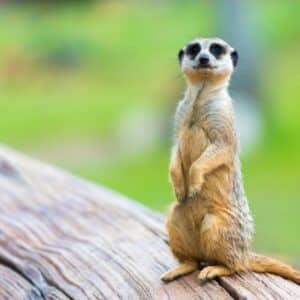
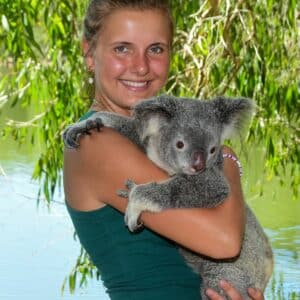
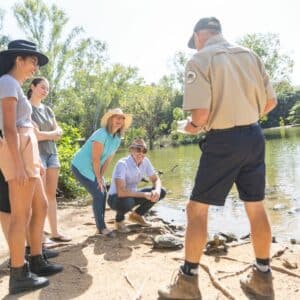
 NOT VERY INTERESTING?
NOT VERY INTERESTING?